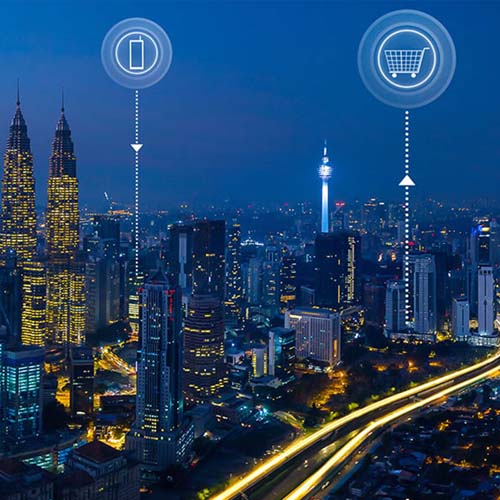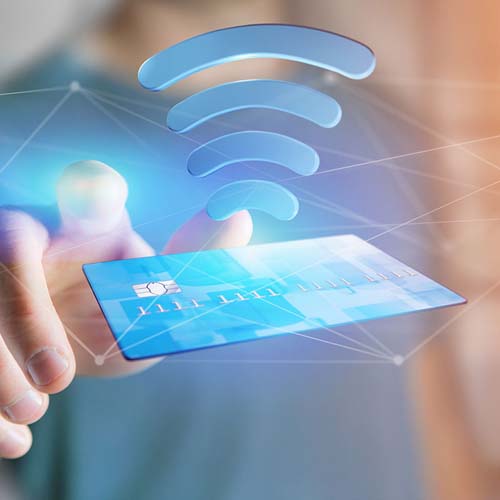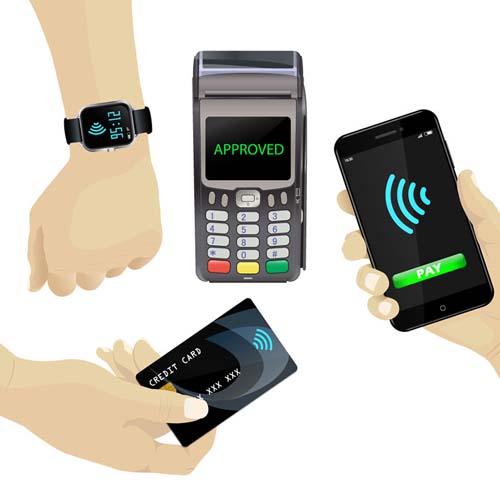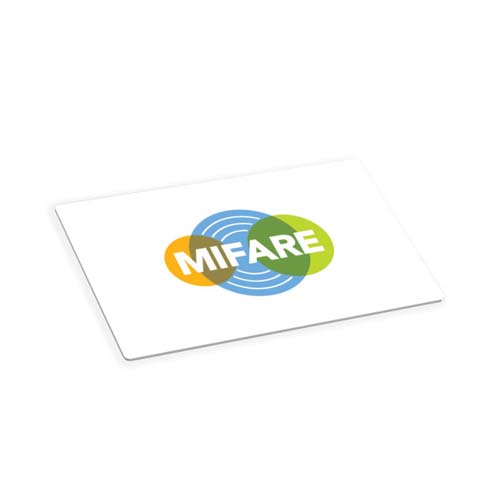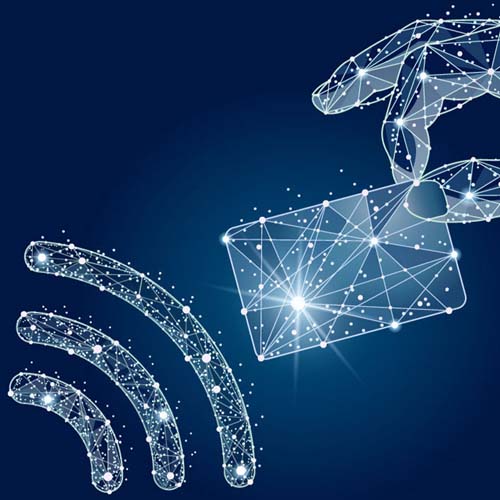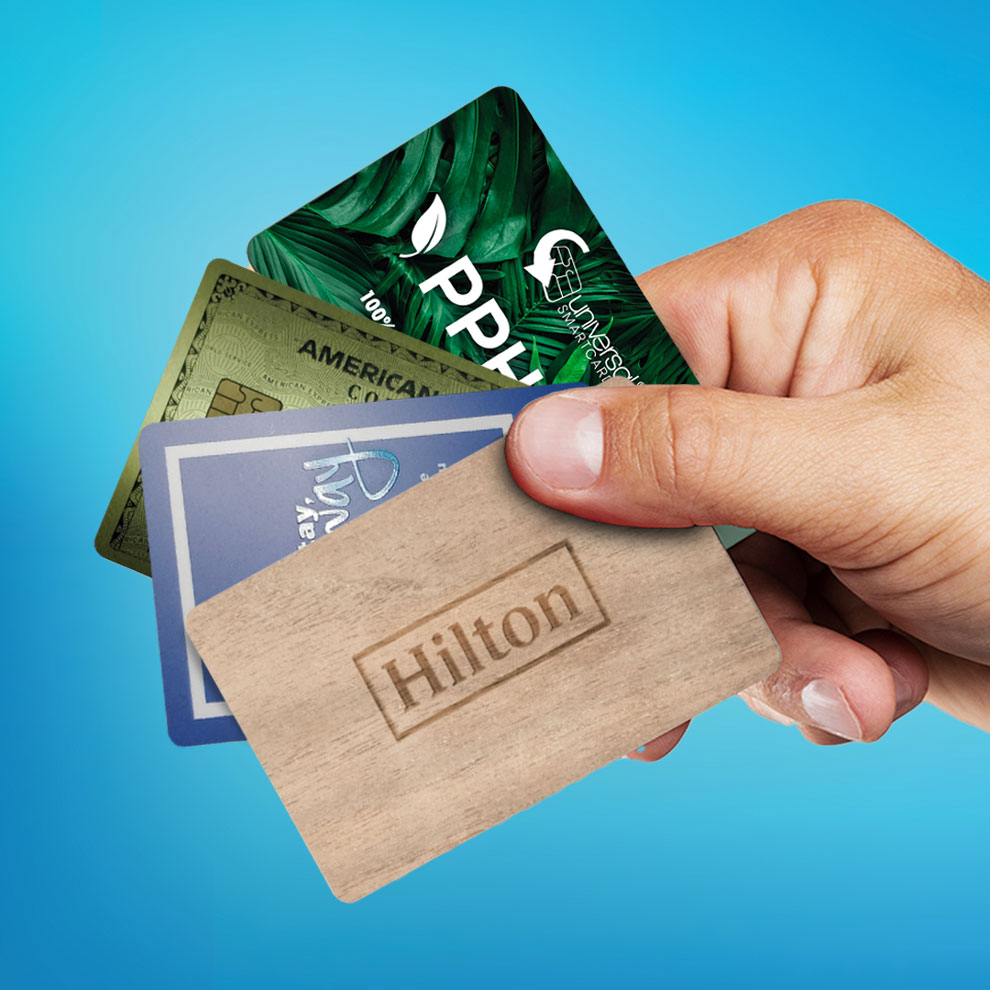
What are smart cards?
Smart cards are plastic, credit-card sized cards that have a specific type of computer chip embedded inside them. Data is stored within this computer chip, and the data can only be read by a smart card reader. A smart card can replace traditional styles of cards, such as bank cards that feature a magnetic strip, as they are far more versatile and offer greater data security. As a result, Europe has a high number of smart card applications which include transportation, banking and healthcare, and more recently we have seen an increase in the use of them in the United States.
How are they typically used?
One reason for the popularity of smart cards is that they can be used in a variety of different ways, making them the choice for workplaces, education buildings, shops, transportation providers and traders.
Let’s take a look at how different types of smart cards can be used by just one person in one day.
An office worker case study.
In a typical workday, a person could travel to work on the subway using a prepaid smartcard that they can use via contactless to get through the travel gate, eliminating the need to stand in line and buy a paper ticket.
They can then be expected to enter their place of work using a smart card provided by their workplace, where a contactless smart card reader will note on the system that this worker is present and has the access rights to enter the building. The same smart card that was used to enter the workplace can also be used to release documents that have been sent to a shared office printer, meaning personal or confidential information is more secure and less likely to fall into the wrong hands.
During their break, this worker may have a smart card for their favorite coffee shop, which is used to track loyalty points and reward them with a free bag of chips after so many points have been accrued.
Here we can see that, throughout a typical workday, this person has conveniently used multiple smart cards which has either saved them time or provided the benefit of higher levels of security.
Are there other smart card applications?
The applications for smart cards are numerous; another example is the use of smart cards can make buildings ‘cashless’, where money is loaded onto each individual’s smart card and goods can only be bought via the smart card. This is more secure for the property, as no money is kept on the premises, and is more hygienic, payments are made via contactless readers which stops money from exchanging hands many times a day.
Smart cards are also an effective way of managing access; be that physical access to certain areas of a building via permissions on each individual’s smart card, where a contactless reader will only open the door if your card has been coded to access the area, or virtual access to certain information on a computer.
What are the benefits?
The main benefit of using a smart card is the increased security that smart cards can provide over magnetic strip or chip cards, as the data on a smart card cannot be read, written or deleted in the same way it can on other types of cards. Certain types of smart cards can also eliminate the need for people to carry cash with them.
Smart cards also offer high levels of convenience, as we saw in the office worker case study. This worker saved time and paper by using their travel smart card, which is good for the environment as well as for the individual. They also didn’t need to carry cash with them, or other forms of identification to gain access to their workplace, as their smart cards offer this functionality as well.
It’s well worth businesses and educational establishments across the United States researching the benefits of smart cards and implementing them wherever they can.



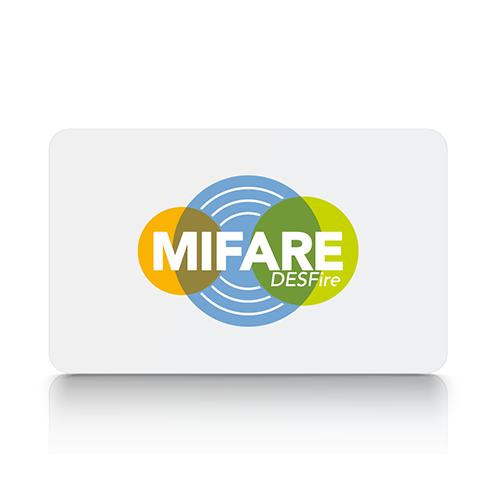
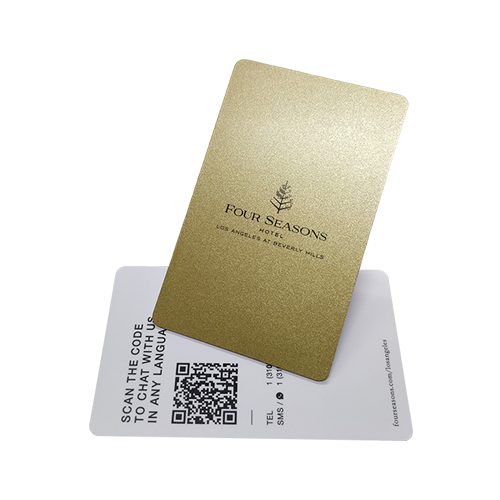

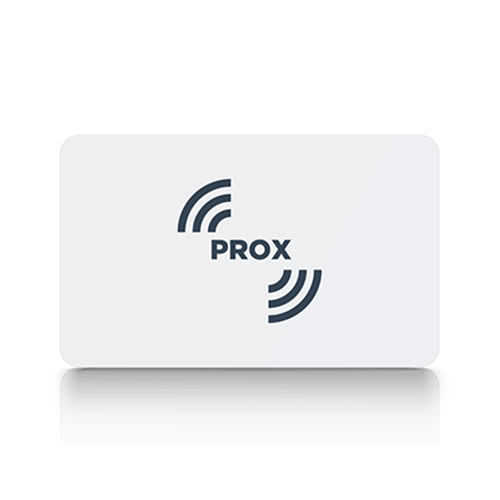

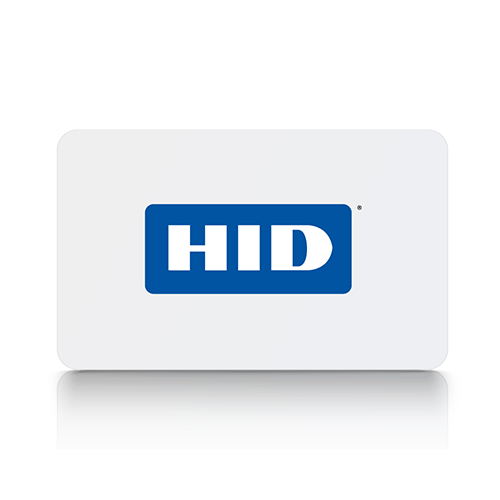
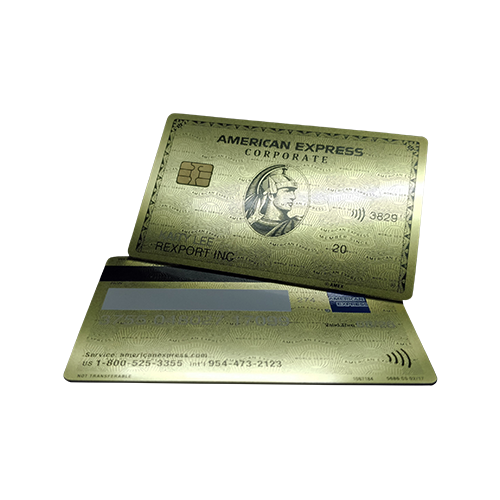

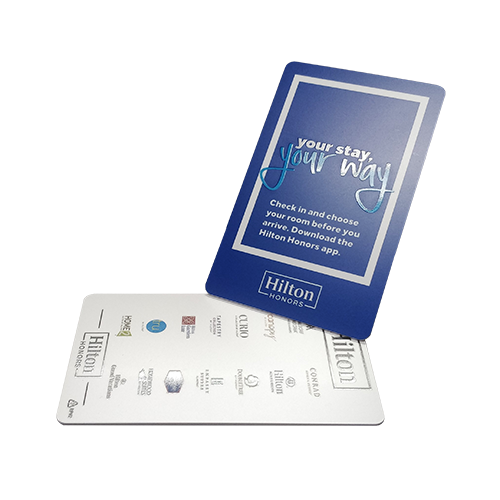

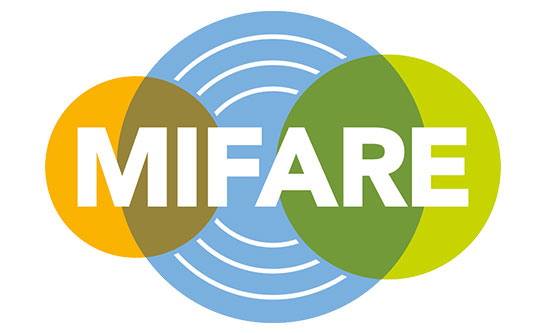



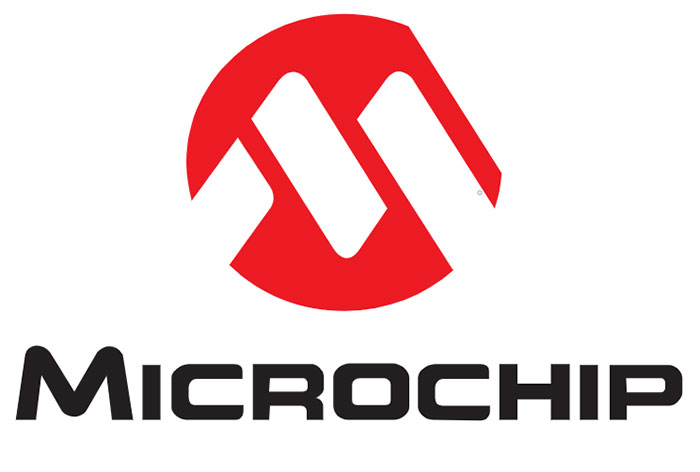




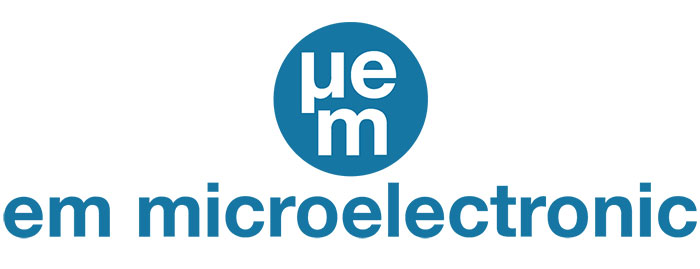
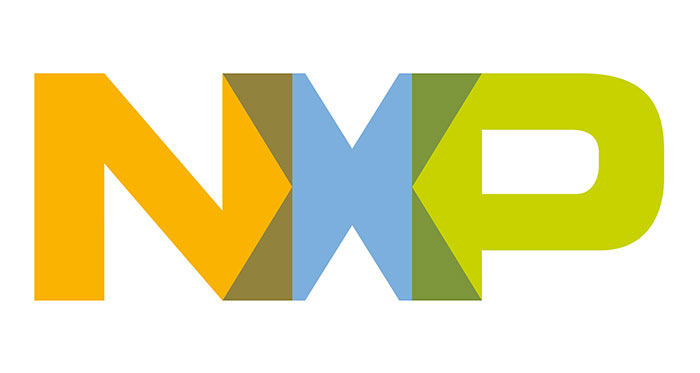

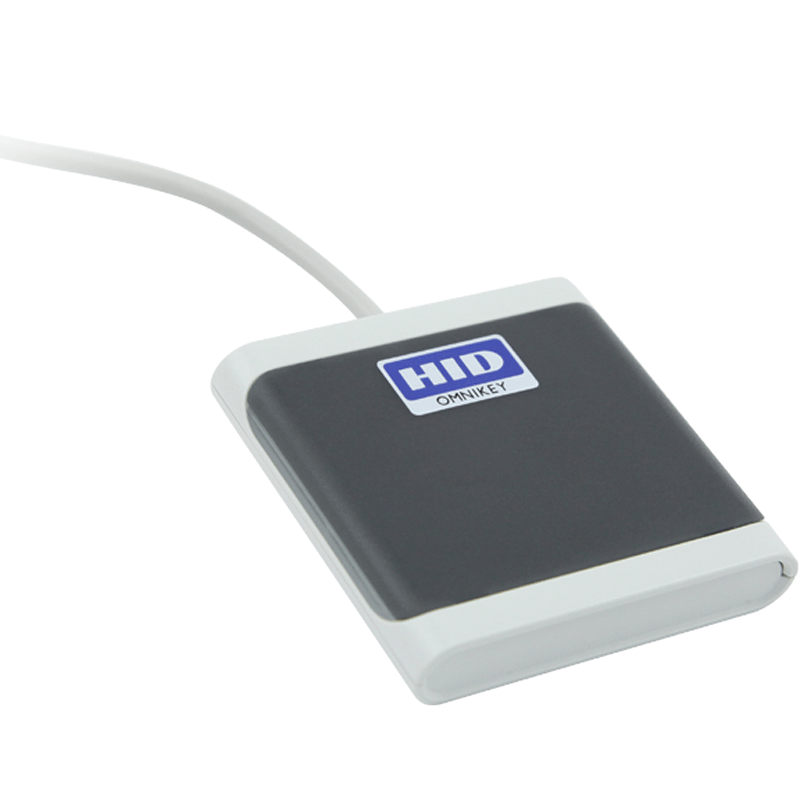
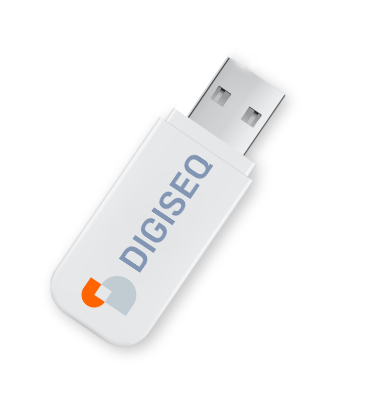
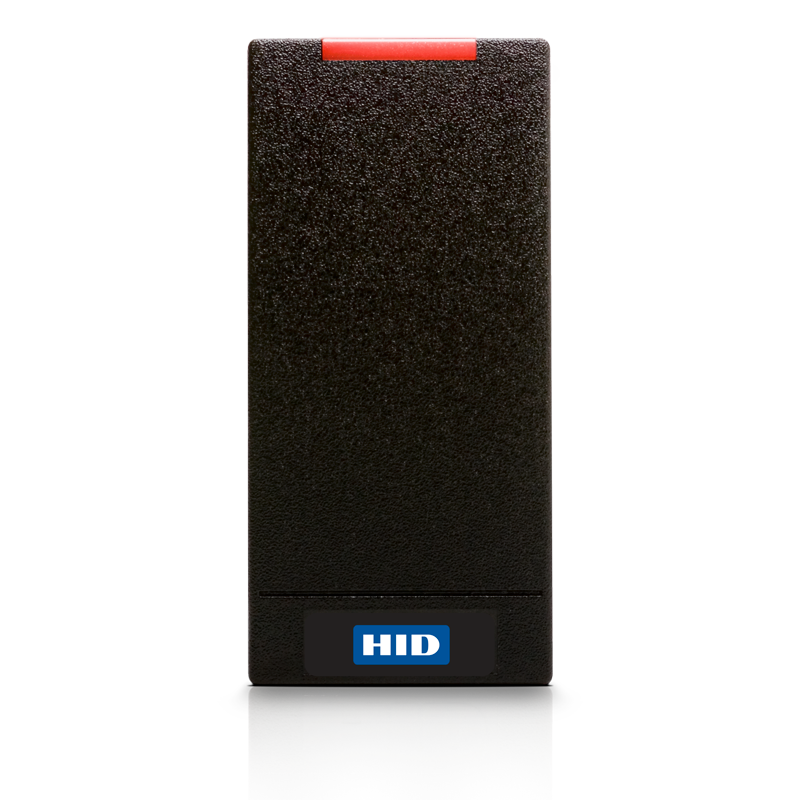
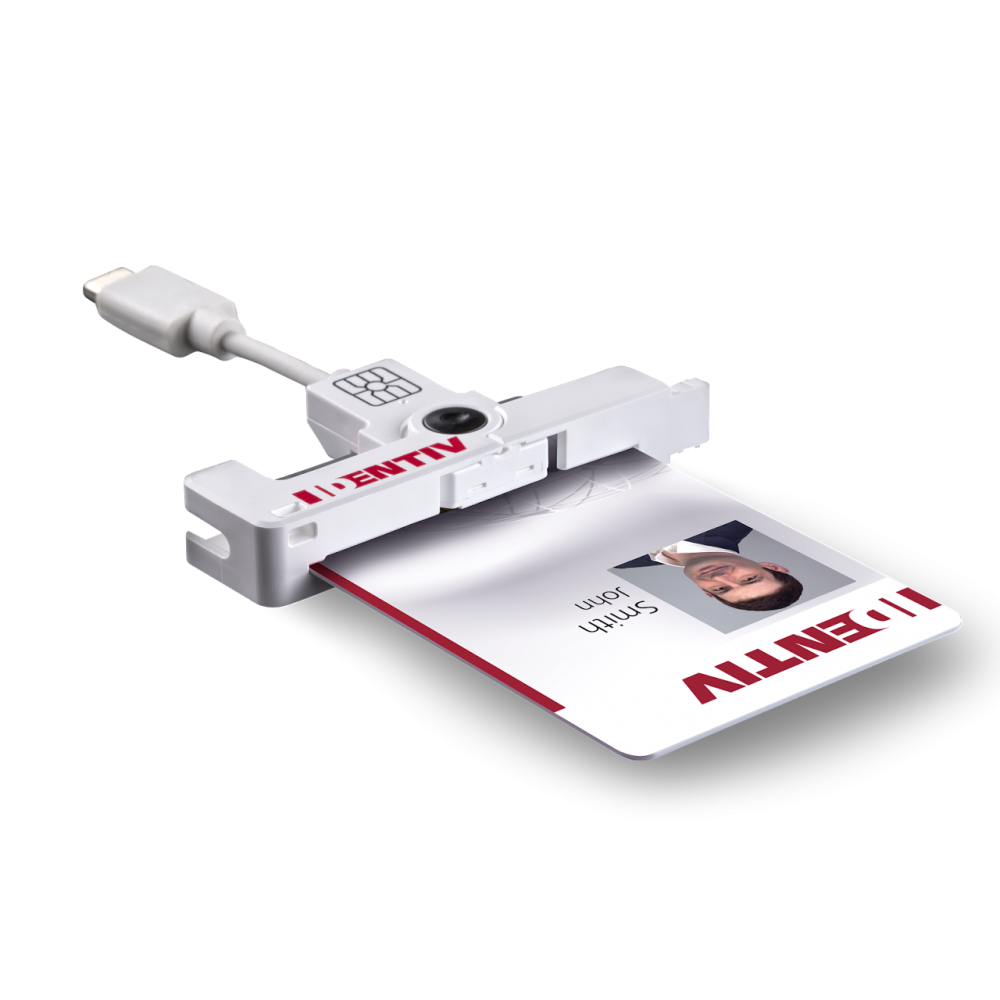
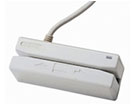
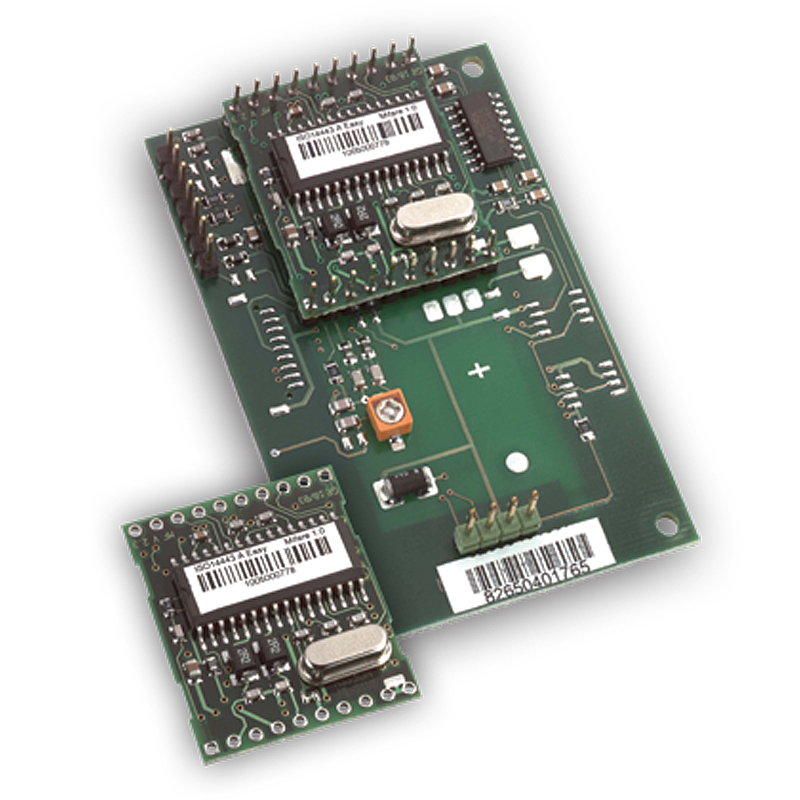
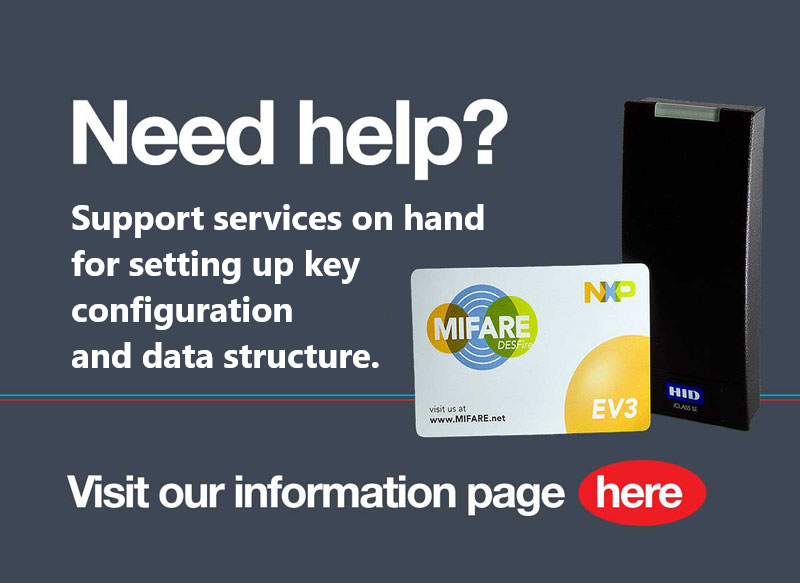





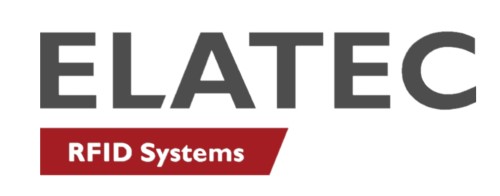

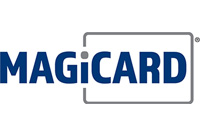

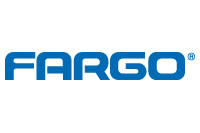

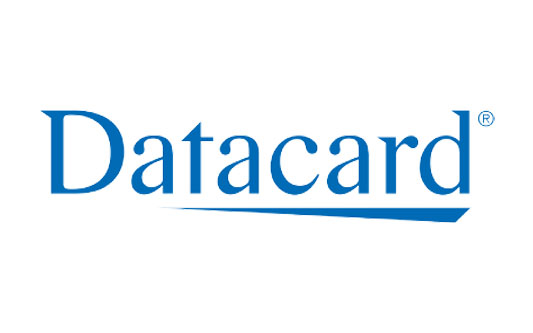
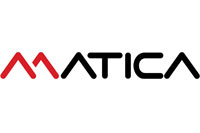


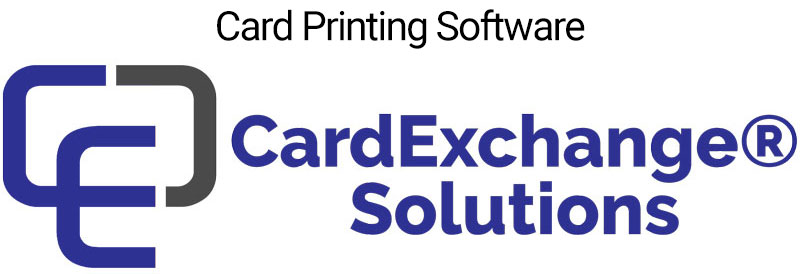


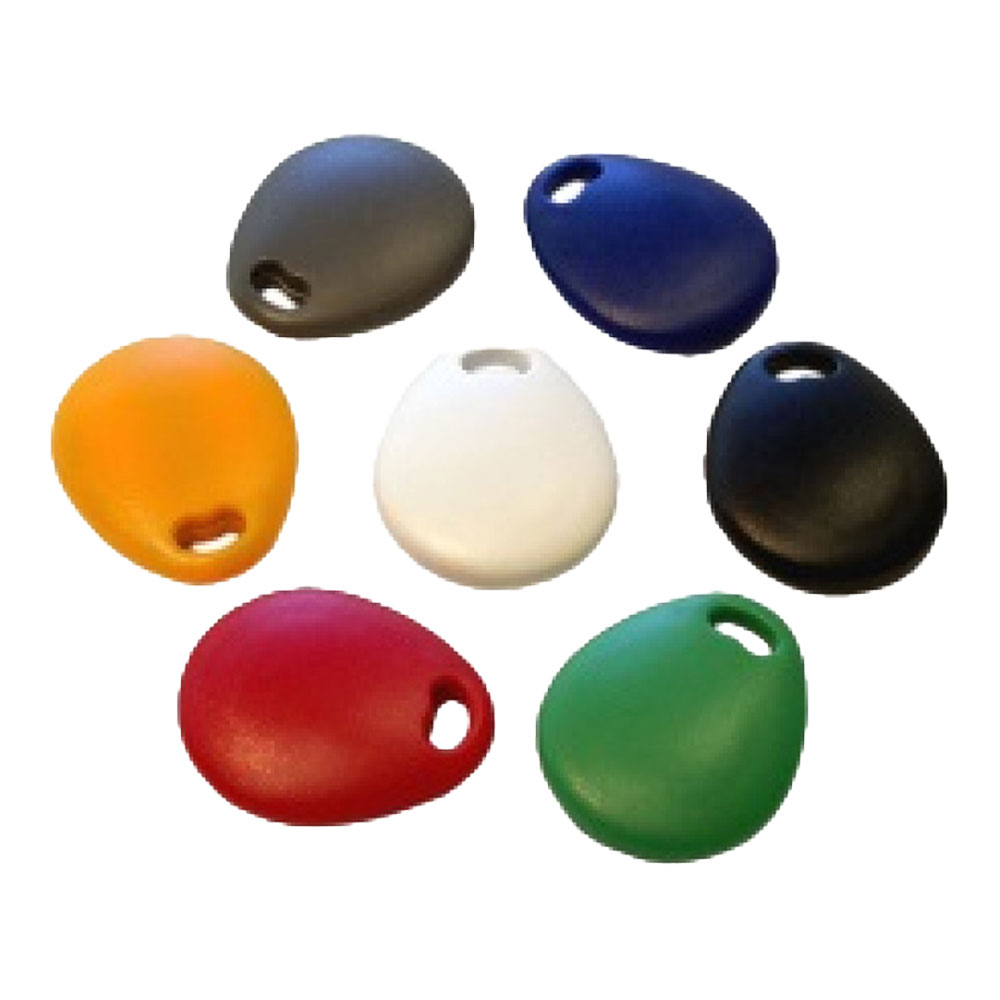
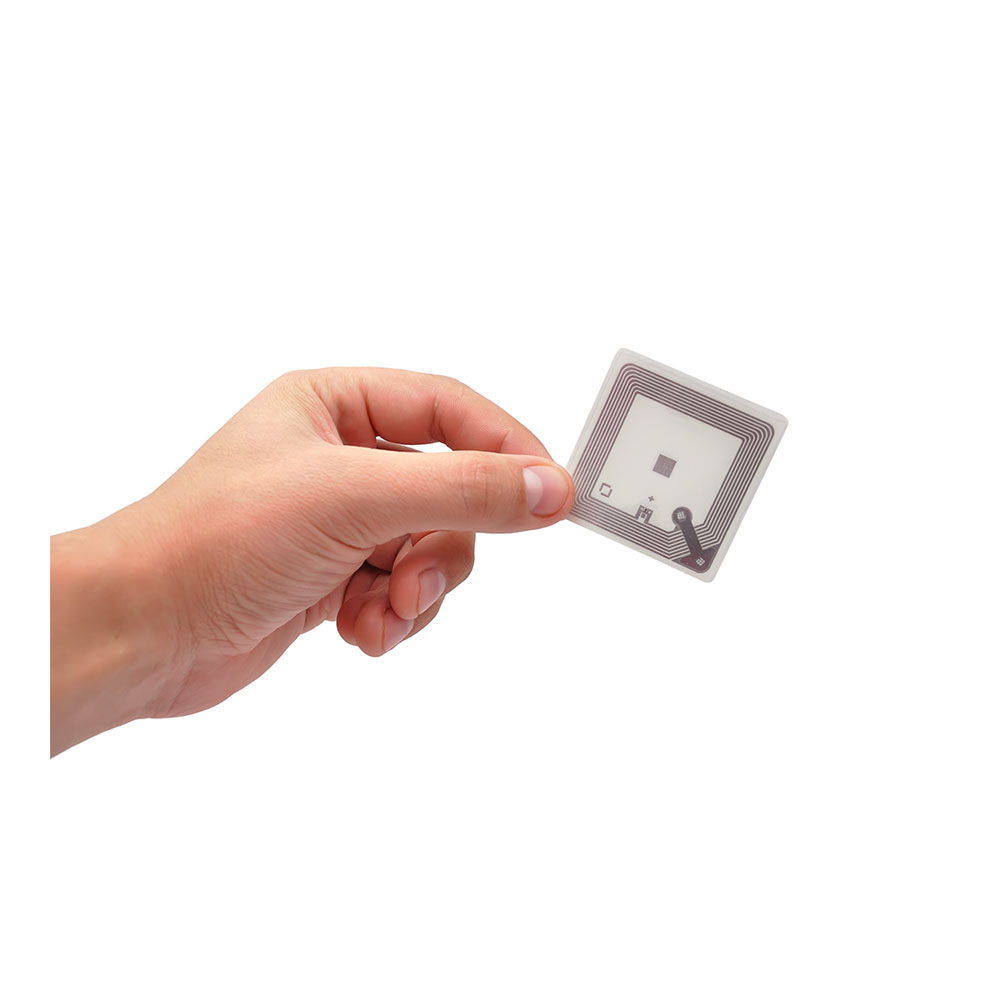
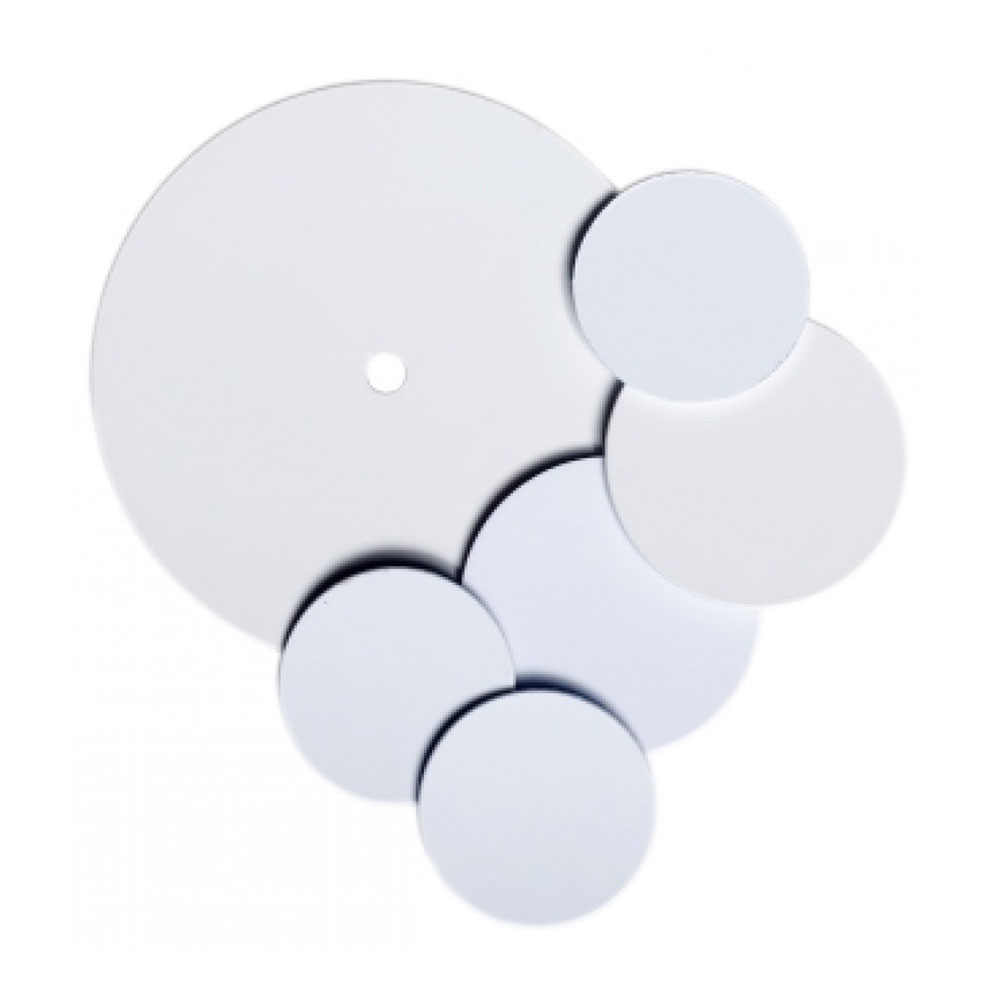
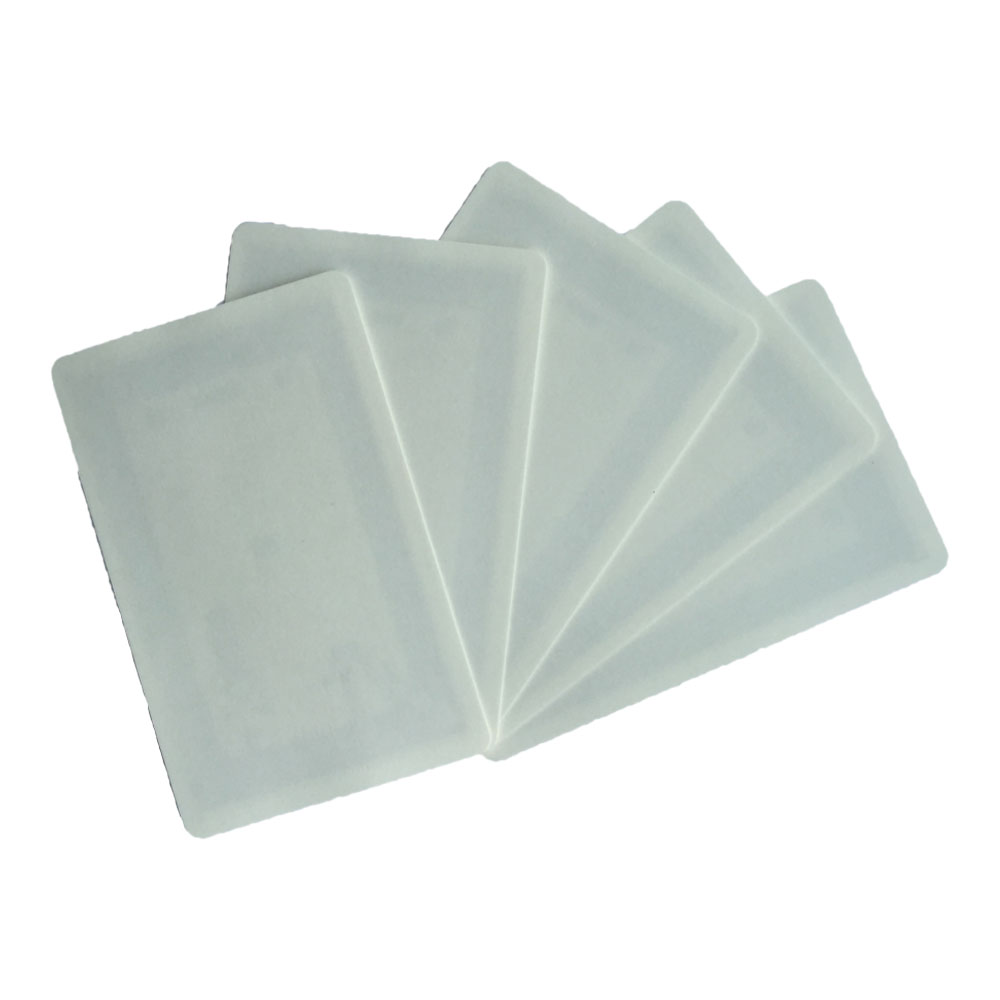
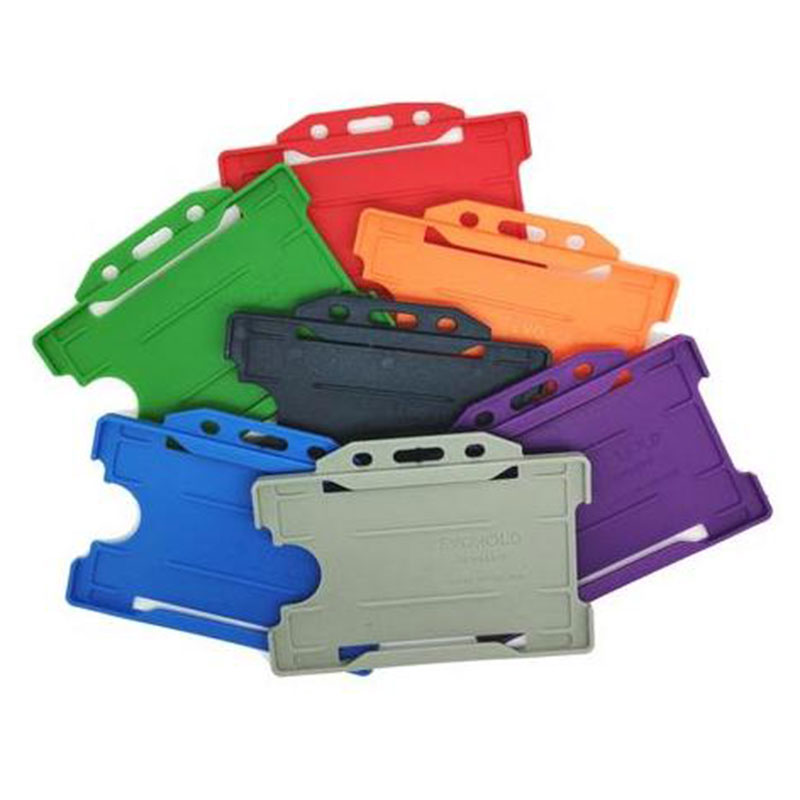
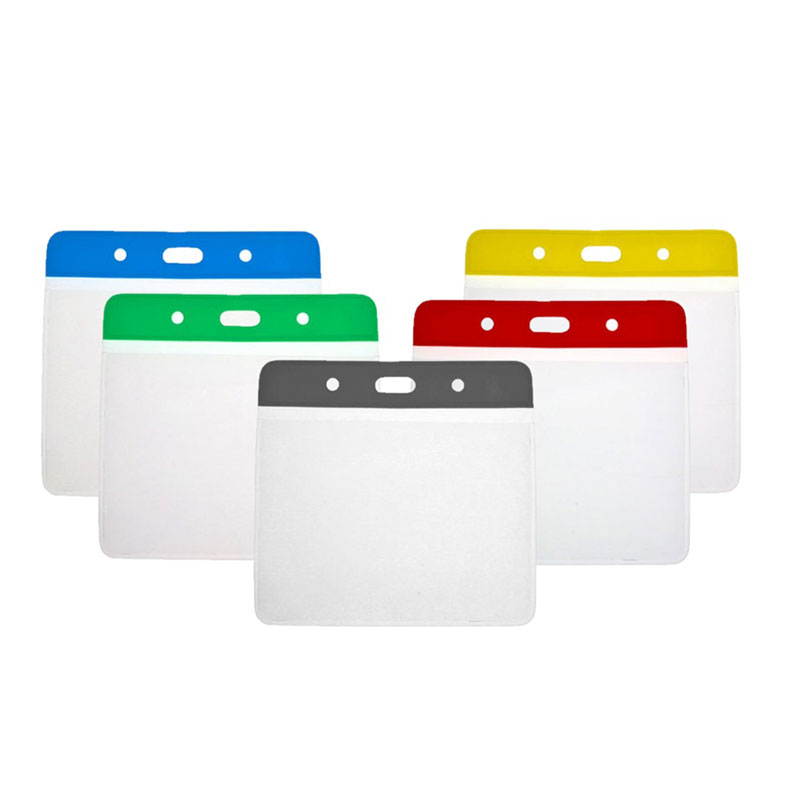

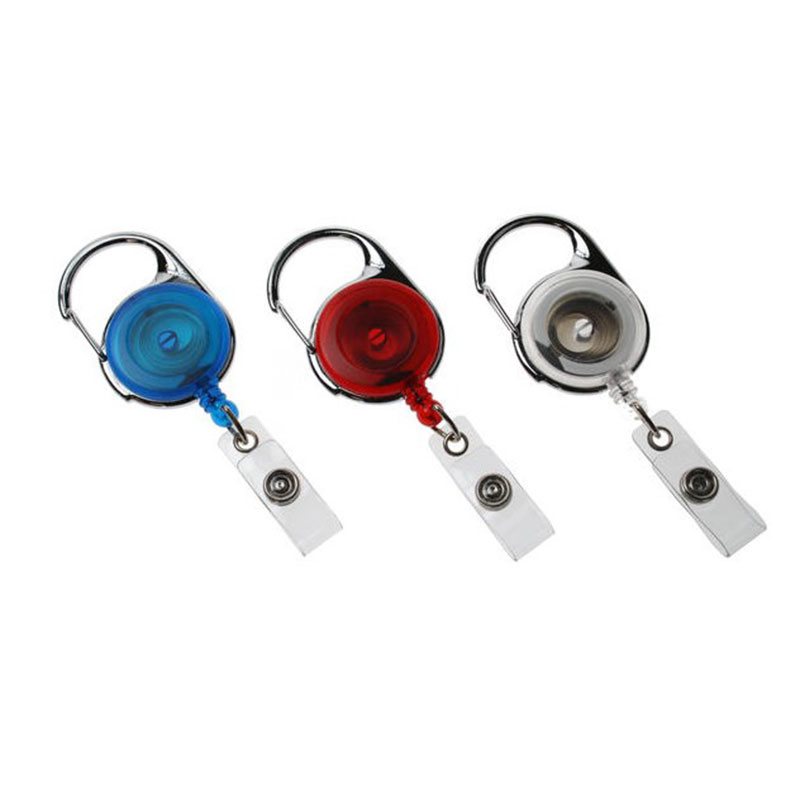
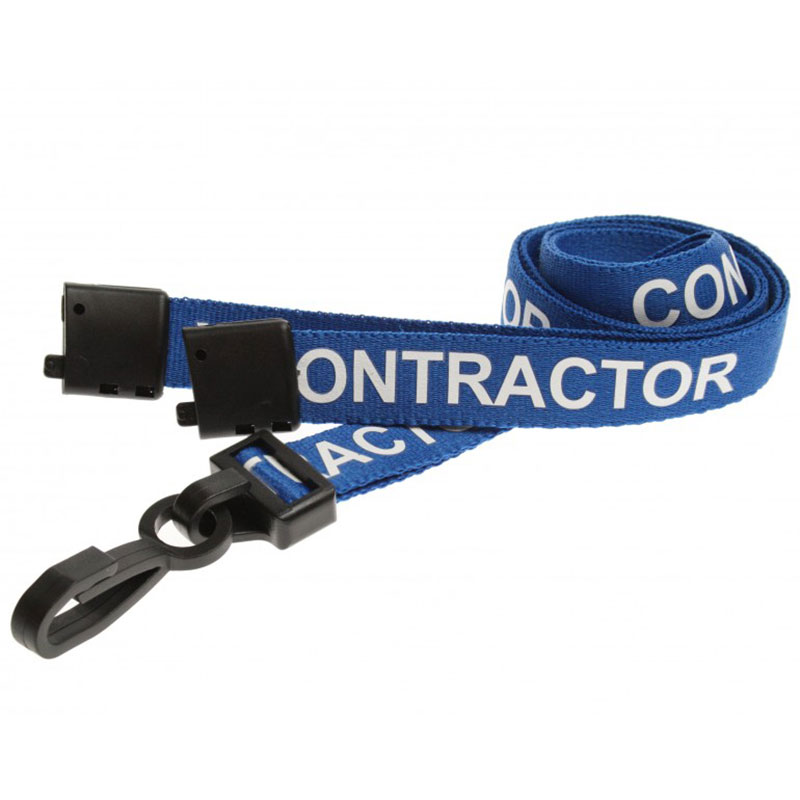

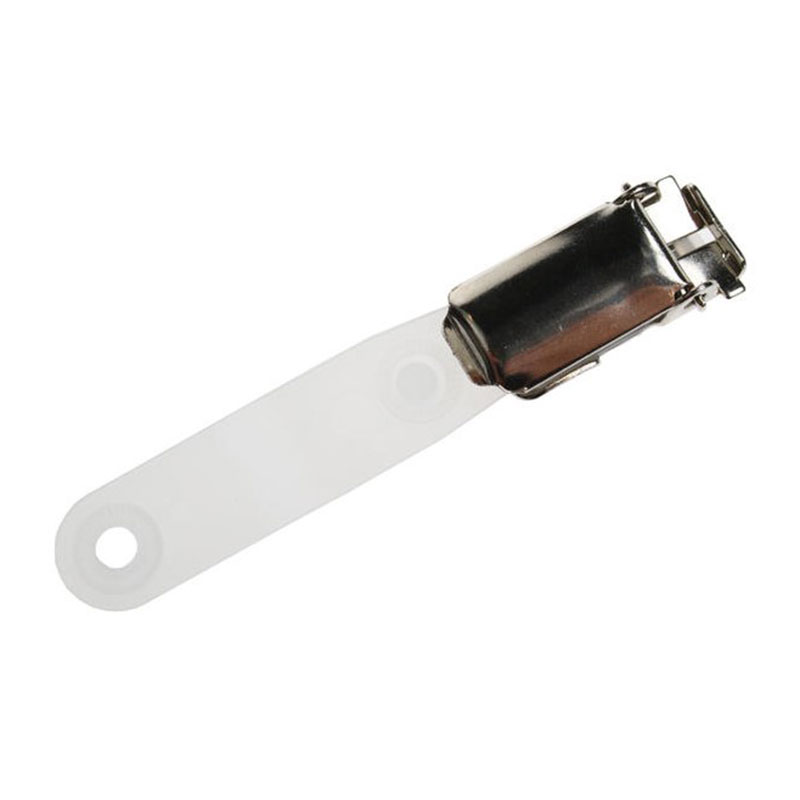

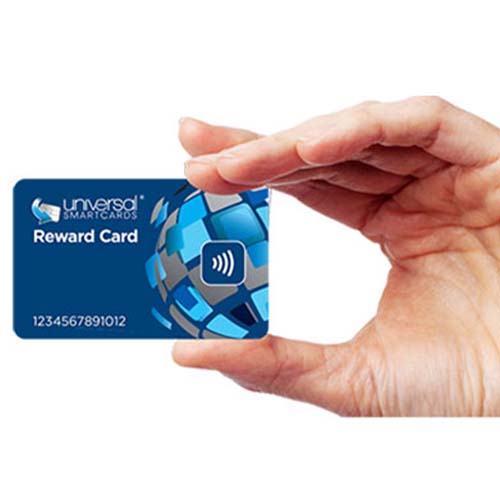
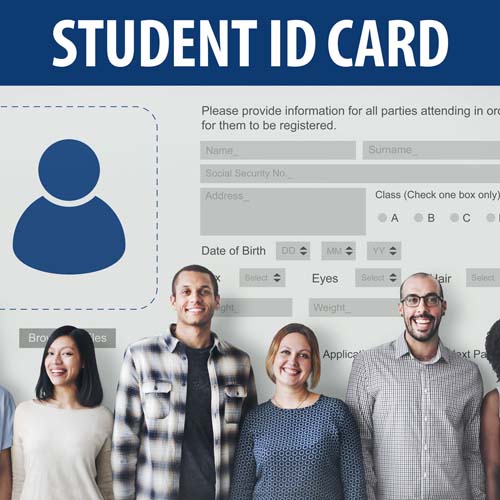
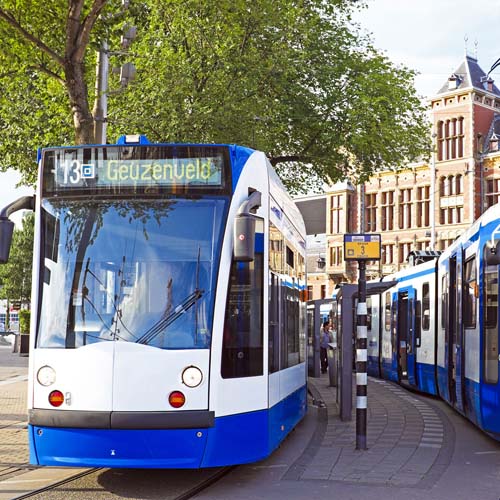
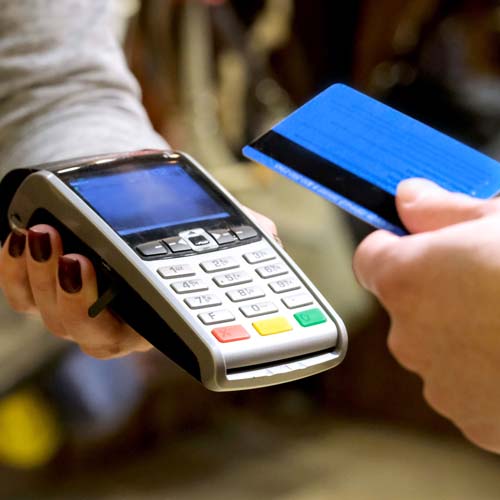
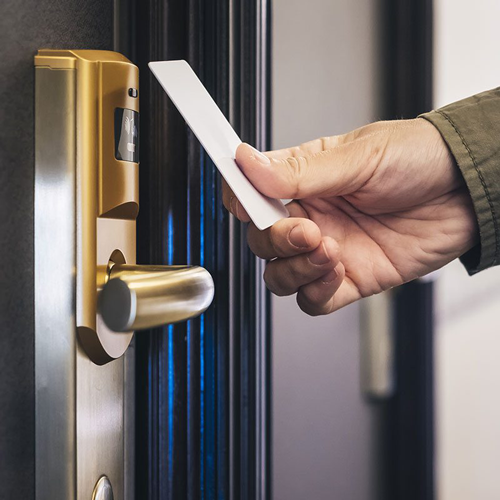
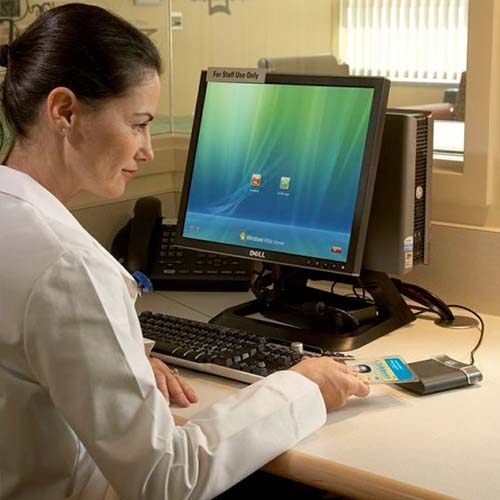
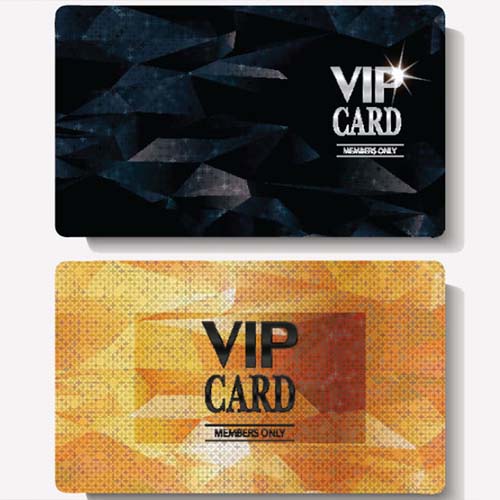

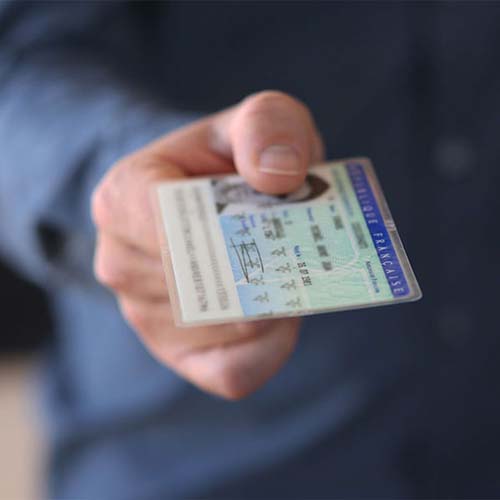
-500x500.jpg)
